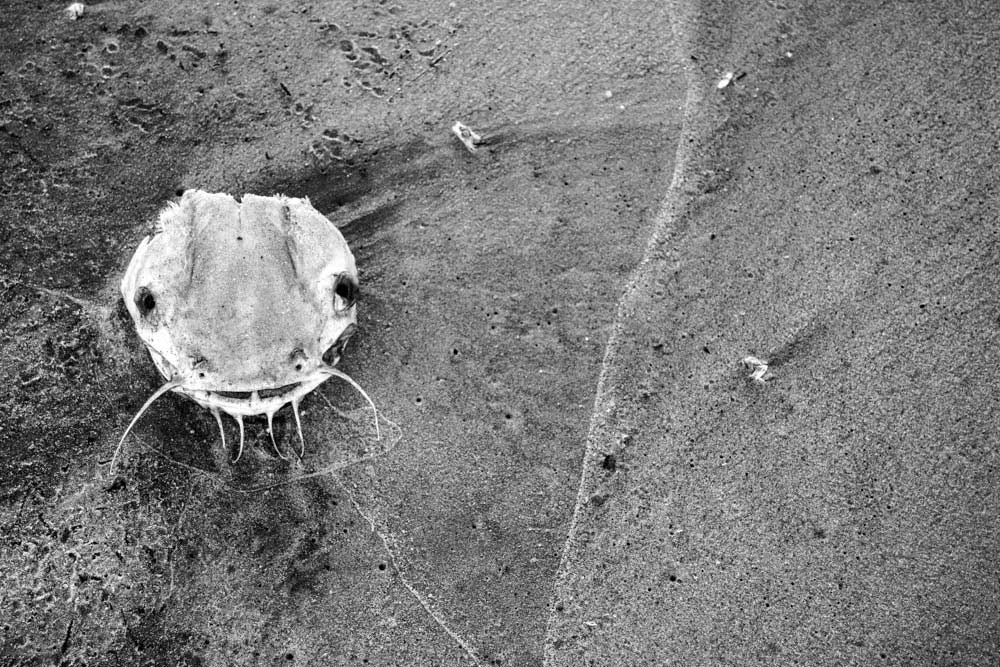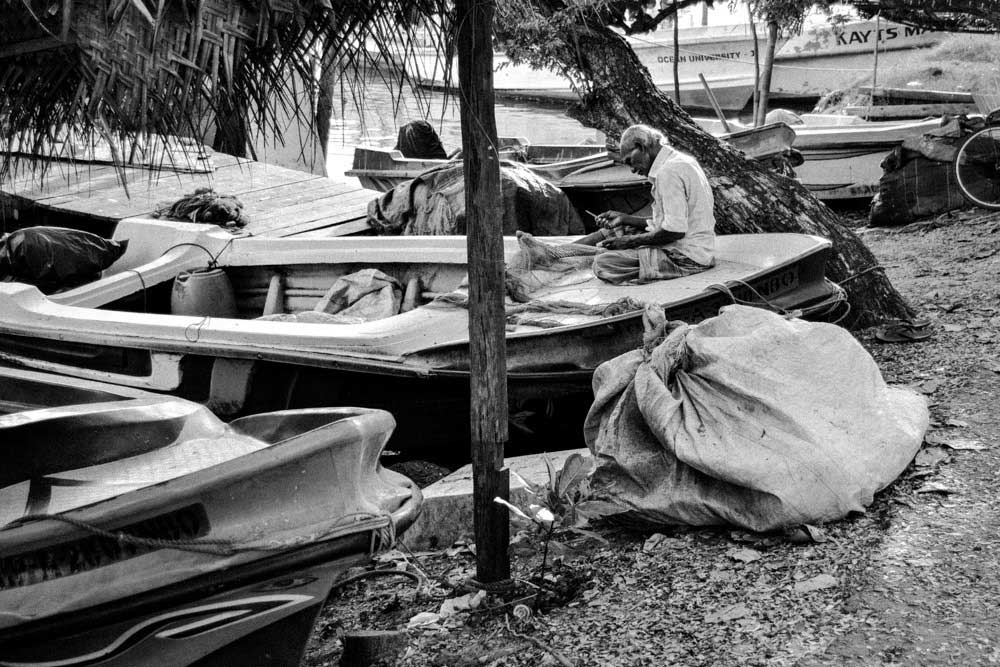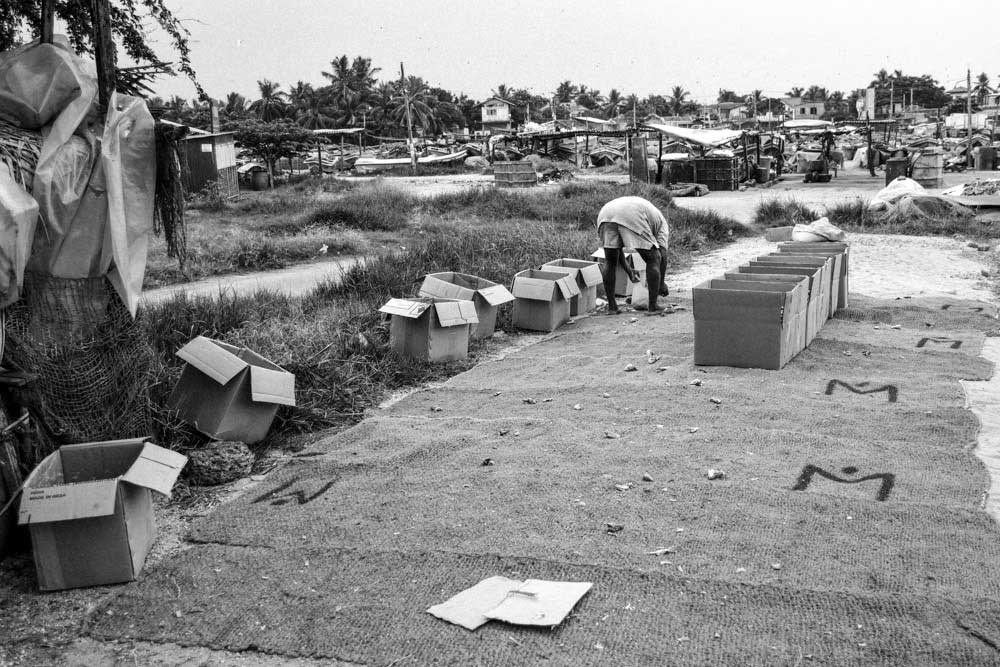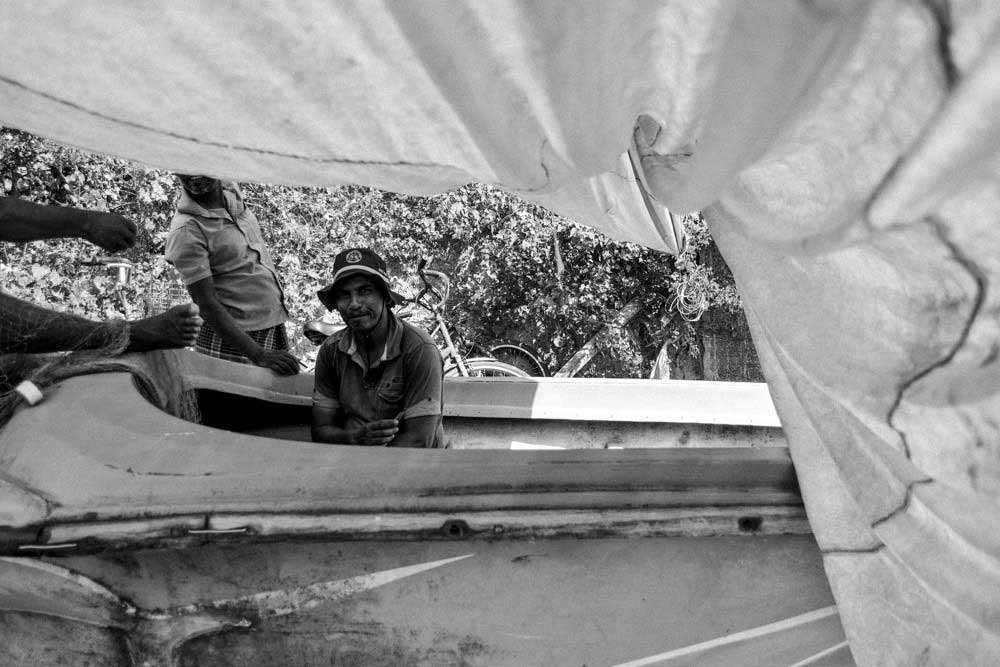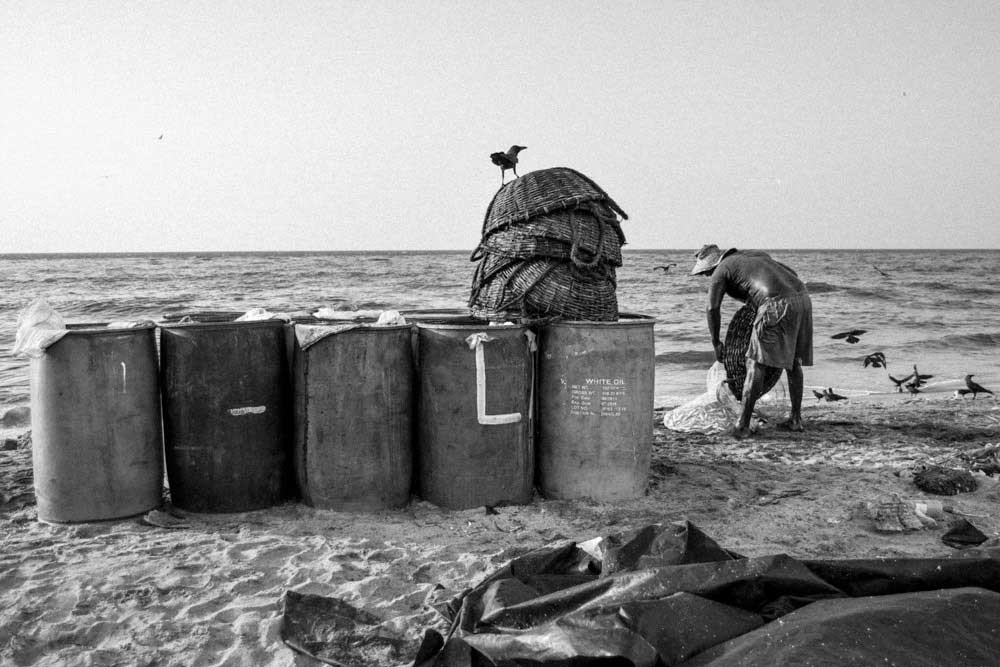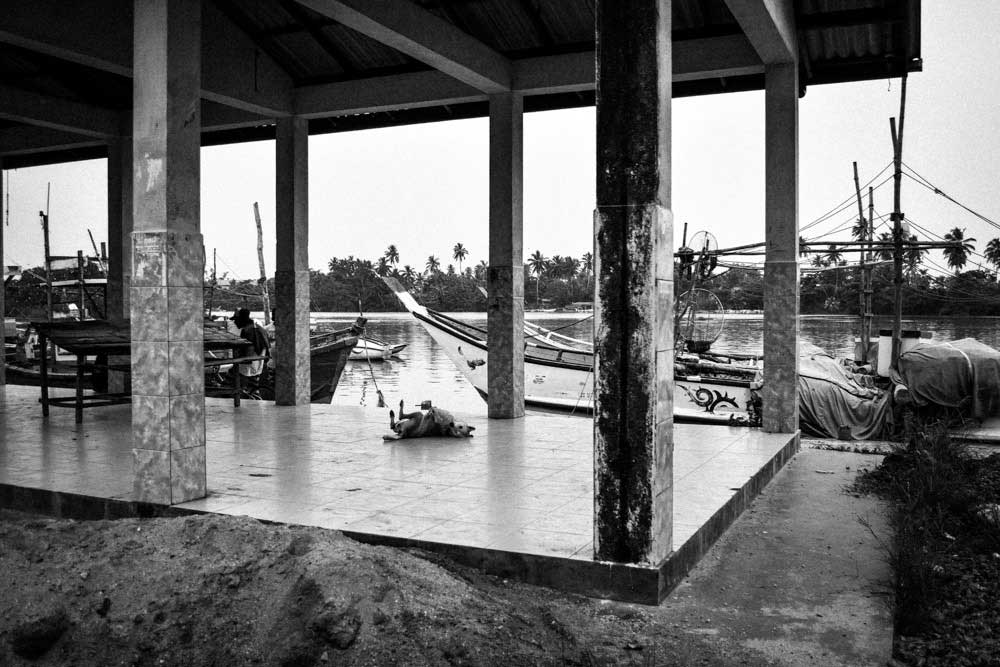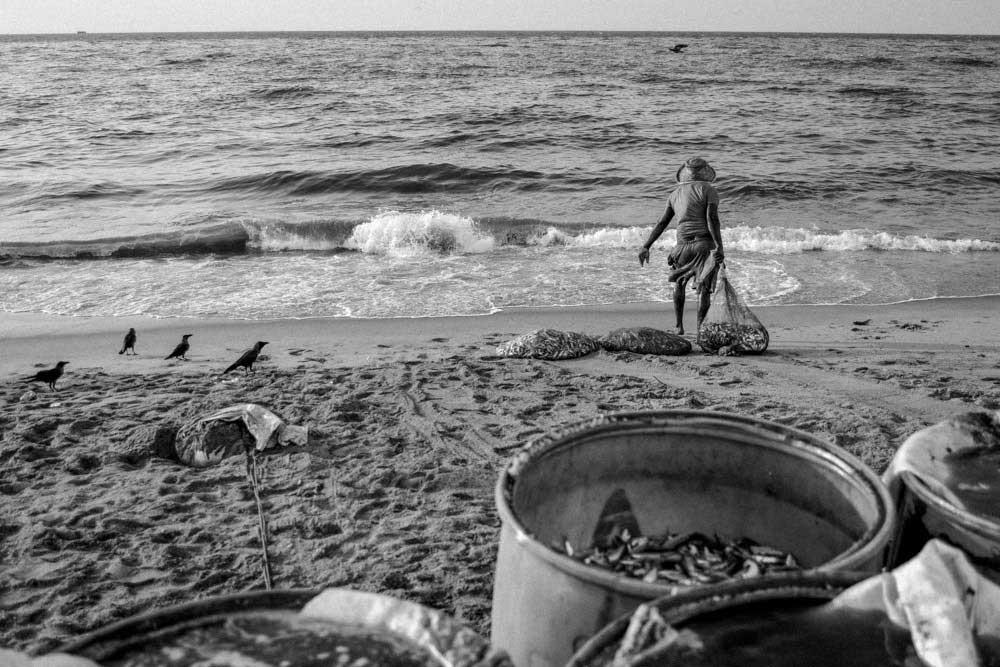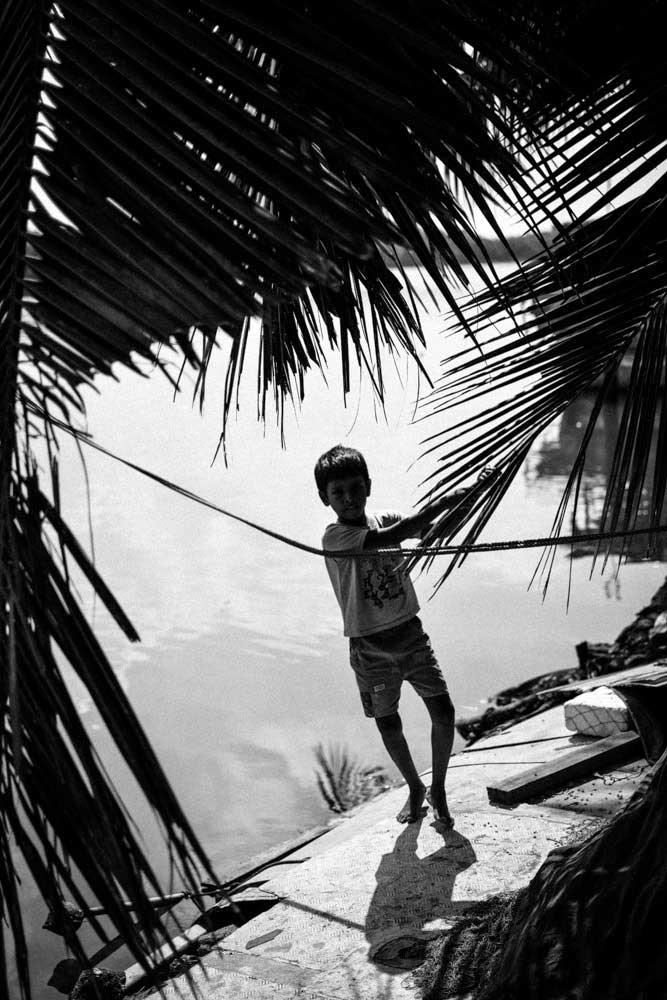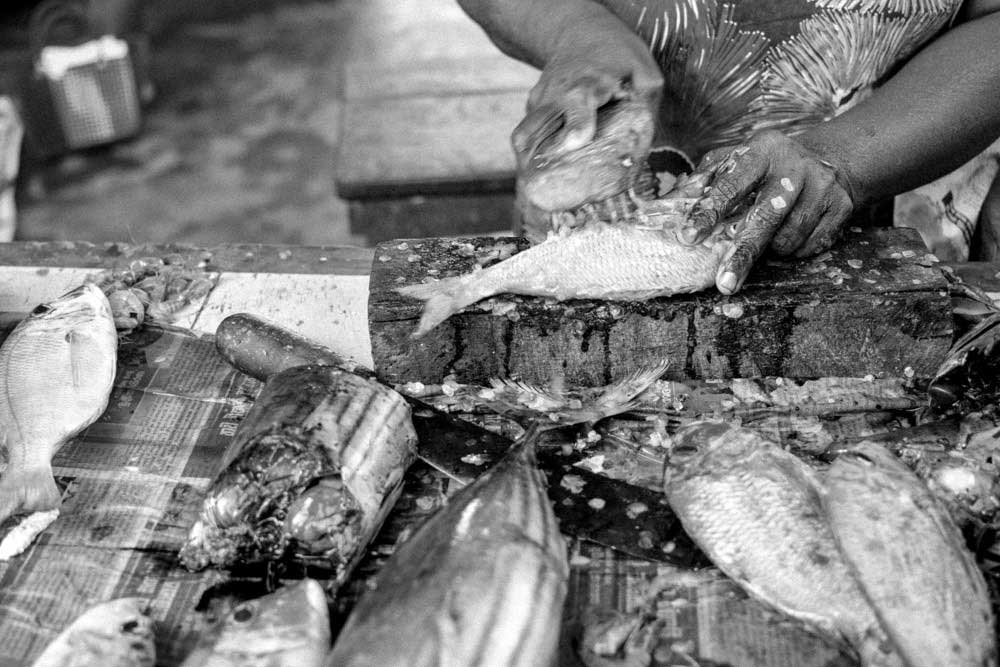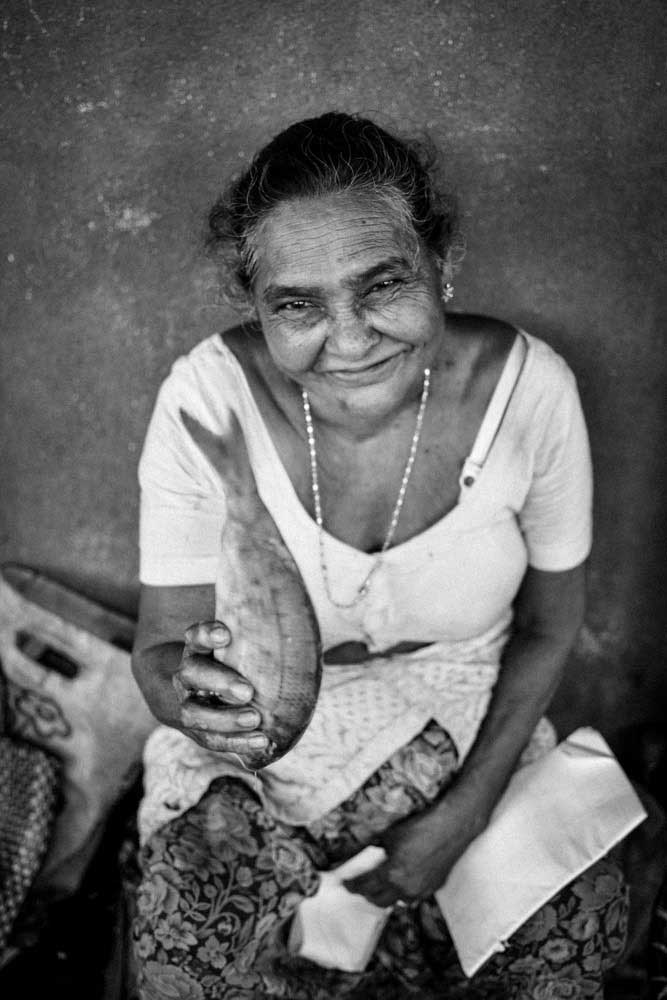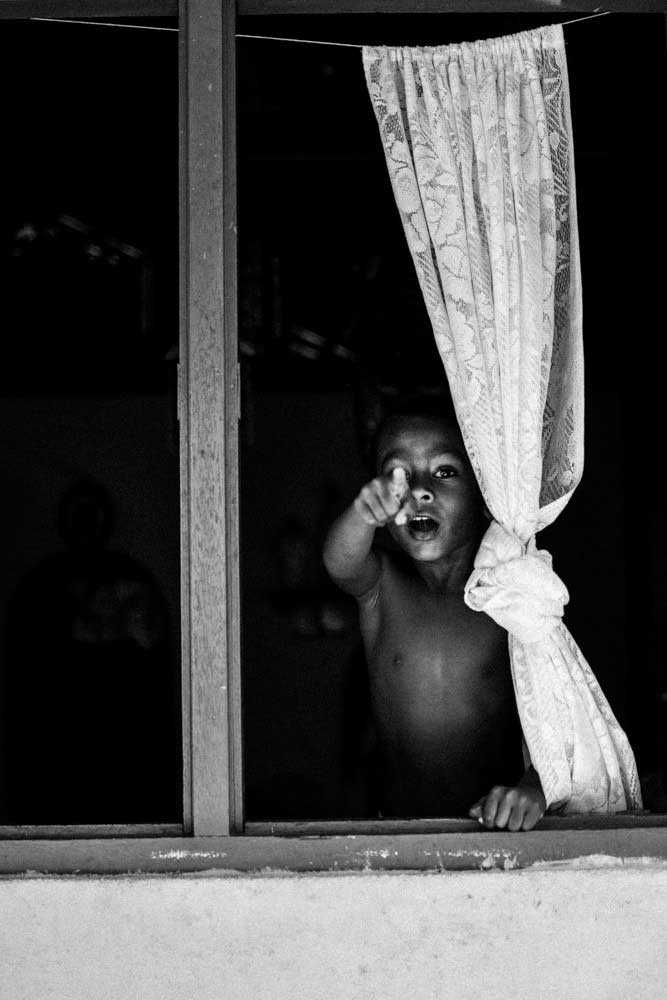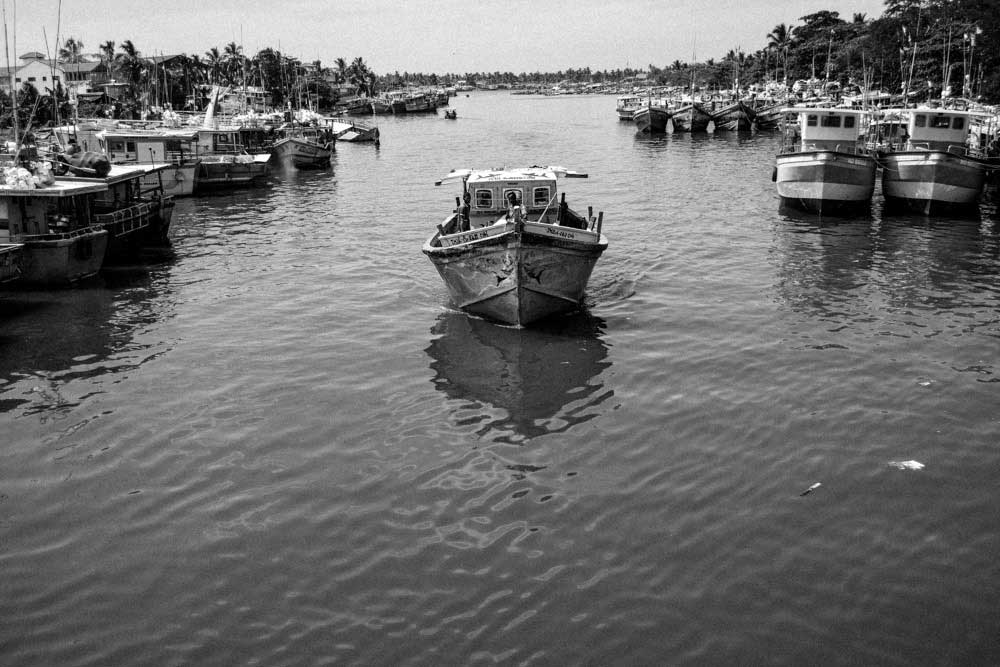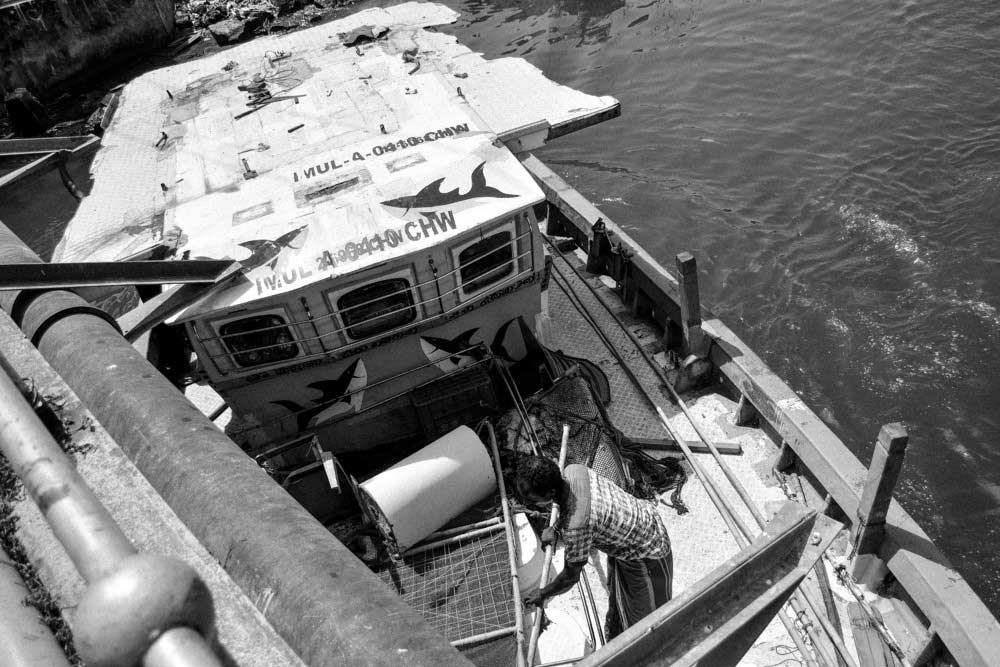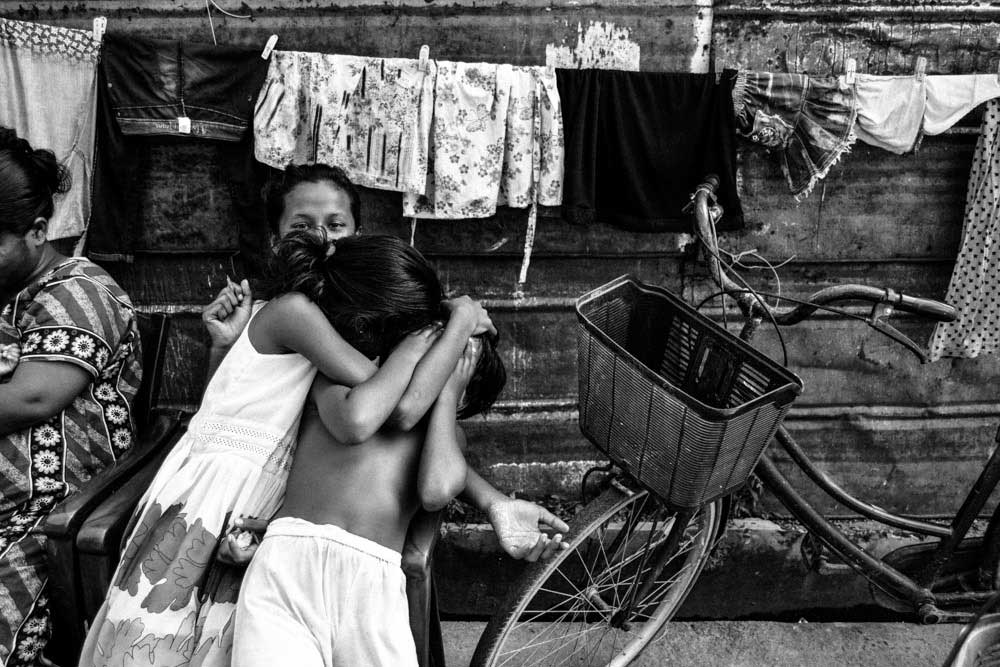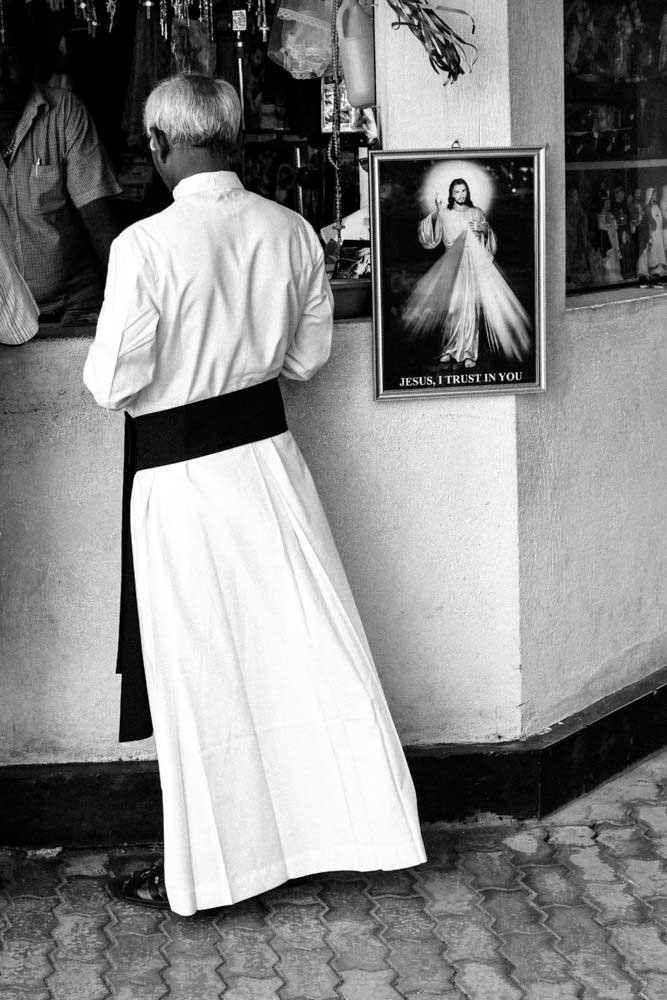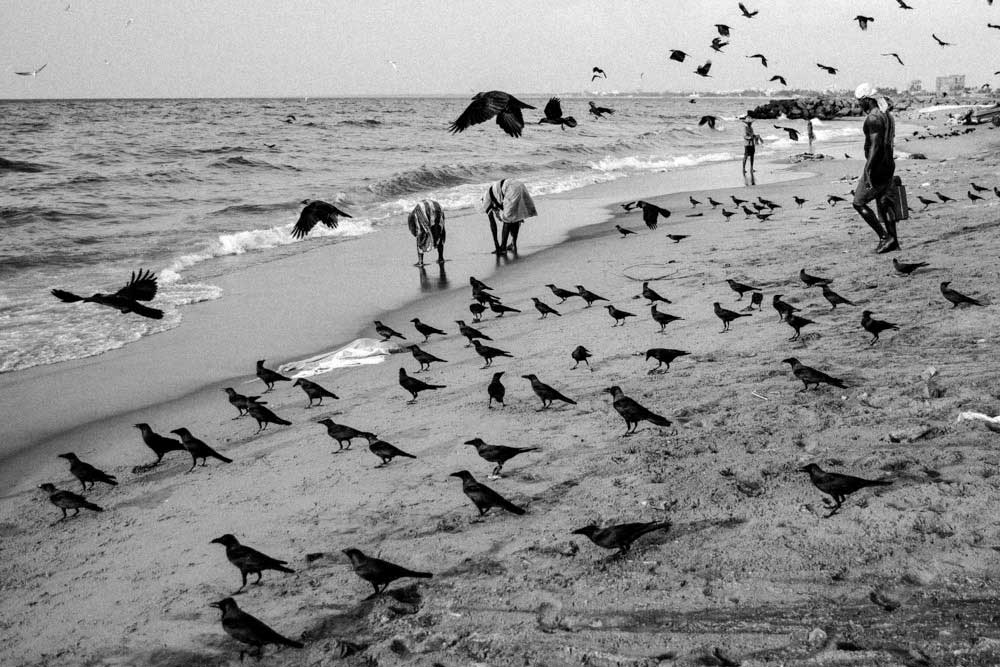Negombo’s inhabitants are Karavas, Tamil and Sinhali fishermen, who in the middle of the fifteenth century under the influence of Portuguese missionaries converted massively to Christianity.
They also took over Portuguese surnames and became the first of many Sri Lankan de Silva, de Soys and Perera. Karavas are also known for their unusual ships known as oruwa.
They are catamarans (made of Tamilian ketti-maran) and made of a customized tribe attached to a large sail. Unfortunately, this form of transport is slowly dying, replacing modern ships, or sails only replacing engines. Its old-world glamor is slowly losing its coast – it was an unforgettable sight when the fleet returned to the harbor in the evening.
The stretched town of Negombo, located about 35km north of the capital Colombo, has little to offer, it can not be said that is be beautiful or pleasant, and in contrast to the rest of the island, it is very depressing. “Shitt hole, awful, terrible,” I have heard such attributes every time I asked other travelers how they like this place. And yet there is something that stands out against the rest of the island – the city is a bastion of Christianity – as evidenced by the imposing churches (the most beautiful church St Mary) and small Christian shrines in and around the city. It is also significant by its location, located only 10 km from the international airport – many people choose Negombo as the last stop before departure. The clever decision, the endless congestion of the capital, and the incredibly slow transport across the island to is a good recipe for missing your flight. Personally, I met two at the departure. If you want to relax on the local beaches, you will be disappointed – they are somewhat neglected.

The beach of Negom is rather wide and does not look very good. A few kilometers south of the coast lies Negombo’s center. You will find a fish market with endless rows of fish, which are tucked up on the sand to drain and attract huge crows of crows with their smell. Women sort the catches and spread them in the sun, a couple of meters away the young men pack the fish in boxes and load them in vehicles, near the ocean men clean the fish and “wash” in the big barrels, near the old fishermen repair their nets. The dogs converge and try to get along, with the birds, on the remains. The market is lively, energetic, dirty, and indeed huge – stretches along the coast to the west end where there is a local prison (a remnant of an old Dutch fortress that was largely destroyed by the British to build a prison). Economics dominates tourism, but fishing is a vital source of income, and it is at every step of the way. Hundreds of colored wooden boats lined the coast across the city.
The Portuguese took the city first. The Dutch made the city a major commercial center, built a canal (and a fortress that guarded it) and then transported the spices (especially cinnamon growing abundantly around) from the inland to the coasts to ship and sail across the sea .

South of the fortress leads a narrow canal into the Negomb Lagoon (after which the locals will offer you a ride) that divides the little island of Duwa from the mainland. A few hundred meters down the road we reach the bridge linking the mainland with this calm island. The moment you go, you feel like you’ve gotten into another-quieter world. Dozens of narrow aisles, where peace and comfort can be found, line the main road. It is easy to lose direction in this complexity of huts, women and children. Almost all the inhabitants are fishermen. In the morning before 6h, they head off and return for 18h, while women are at home with children or sell catches, as the local lady tells me during invite me to for a glass of clean water. The locals are very pleasant, they often offer me water or tea. They willingly communicate if the language barrier permits. Another interesting phenomenon is the frequent tattoo of local men. It’s something very different from the rest of the island. Lanka’s tattoo is not common at all, but here it seems that the body of every third person is improved – always Christian or sea symbols.
In the vicinity of Negombo are a few interesting attractions – amongst the most beautiful are the Angurukaramula. About 4km east can be found the charming Angurukaramula temple, which is a rare Buddhist element in this Christian region. The temple is famous for the giant statue of the Buddha in the 1980 samadhi meditation position. You will find spectacular Buddhist scenes in the form of beautiful drawings and dozens of sculptures and statues that play all the colors. Seeing such a skill with own eyes is really a great experience. Last but not least, the temple can improve the overall impression of visiting the fishing town Negombo.

About Marcel Kolacek
Marcel Kolacek (1983) is a Czech Award-Winning (Sony WPO National Award 2017- Winner, PhotoPlus Expo Perspectives NY 2017- Winner, BW Child Photo Competition 2017- 3rd place, National Geographic World Photo Contest 2015- Final) freelance photographer who focuses on black and white documentary, reportage, street, portrait photography. Published in Czech and foreign periodicals. His interest in photography has lasted for many years, and in recent years his interest is bordering with obsession. He uses short lenses because he believes that proximity transmits emotions. Among his incomparable legends belong Koudelka, Kratochvil, Davidson, List, Bresson, Riboud, Nachtwey, García Rodero, Alexandra Boulat, Sally Mann, Coigny, Newton, Penn and many others. Everyday life without a beautification, a life that is heavy, but also full of joy and understanding. That’s what interests him and attracts him. Reality. Ordinary extraordinary people. Their lifes and moments. He loves cognition new cultures and mentalities, traveling is his passion. [Official Website]
“In contrast to other art, photography has an extraordinary ability. As the only one can stop the time. Volatile moments that will never be repeated. Find these moments and capture them, convey, that’s what satisfies me. Tell the stories of ordinary people who would were lost under the weight of time.”
